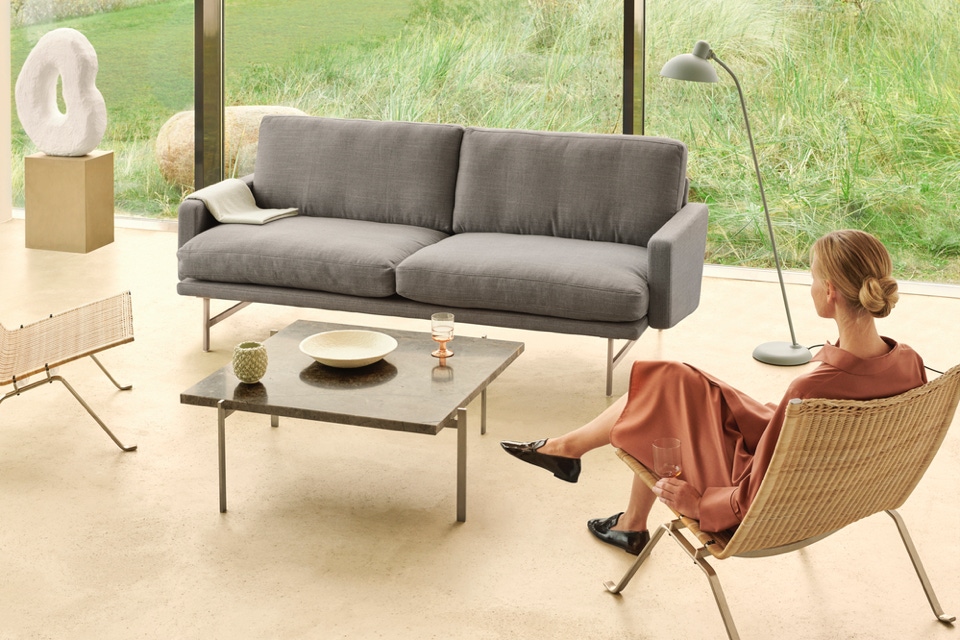
The PK61 Coffee Table is almost as elementary and minimalistic as it gets from the hand of Poul Kjærholm. Despite the extreme distillation of the structure into a set of identical elements, the square and aesthetic design has the power of a manifesto and shows Kjærholm’s development from industrial designer to furniture architect.
The four base elements are joined with machine screws that lend the table part of its unique look. The removable tabletop demonstrates Kjærholm’s recurring principle of using gravity to keep the elements in place.
The PK61 tabletop is available in slate, granite, light steel-rolled marble or glass. The base is satin-brushed stainless steel.
In 2007, a larger versions – the PK61A Coffee Table – came into production. Beside the fact that this table doesn't come with a slate tabletop, the PK61A has the exact same structure as the PK61. Dimensions are the only difference between the two.
PK61 Table – 80 x 80 x H32 cm
from
PK61A Table – 120 x 120 x H32 cm
from
Glass
Slate
Granite
Beige Marble (honed)
Black Marble (honed)
White Marble (honed or rolled)
PK61 – 80 x 80 x H32 cm
Norvegian marble – 150e anniv.
Grey-Brown Marble (honed)
Granite
Slate

Acclaimed for his distinctive style of furniture design, Poul Kjaerholm was born in Øster Vrå, Denmark in 1929. His pieces are considered to contain a minimalist and articulated form, all in relief with a style that is still famous around the world.
From modest beginnings as a cabinetmaker apprentice at the Gronbech workshop in 1948, Kjaerholm continued to forge his ideology at the Danish School of Arts and Crafts in Copenhagen. Far from shunning the majority of his Scandinavian counterparts, the Dane chose steel as the main material rather than wood. "The potential of steel is not the only thing that interests me, the refraction of light on its surface is an important part of my artistic work. "
Awarded the prestigious Lunning Prize in 1958 and the Trennali Grand Prix in Milan in 1960, Kjaerholm's drawings continue to be featured in the permanent collections of the New York Museum of Modern Art, the Victoria and Albert Museum in London. in many other museums across Denmark, Norway, Sweden and Germany.